With the reopening of commercial galleries in the UK on 12 April, Apollo’s editors pick out the exhibitions in London that they’re most looking forward to visiting in coming weeks.
An Elizabethan adventure
Even when museums open, the National Portrait Gallery, which I always like to do a quick sweep through if nearby, will be closed for renovations. If you’re on Pall Mall and missing Elizabethan and Jacobean portraits there’s always ‘Love’s Labour’s Found’ at Philip Mould (21 April–28 May), a chance to see 17 portraits that have been unearthed in recent years and are now mainly in private collections. I can’t wait to see ‘The Unintended Beauty of Disaster’ at Lisson (13 April–5 June). If there is anyone I have been wanting to hear from during the past year of swirling and repetitive debates about the rewriting of history and the purpose of monuments, it is John Akomfrah, who has long been responding to these questions – and asking better ones – in his intelligent and evocative films and video installations. Fatema Ahmed
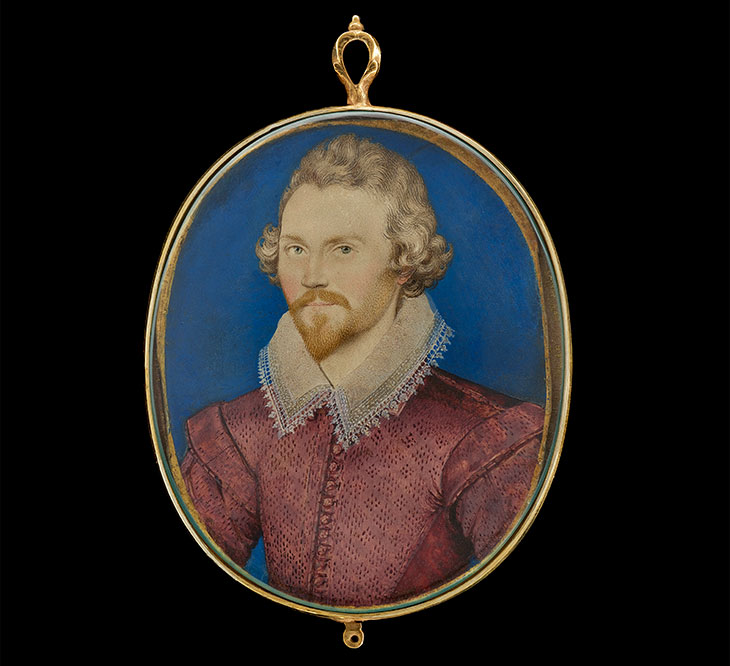
Portrait of a Gentleman (c. 1595), Nicholas Hilliard. Courtesy Philip Mould and Company (c. 1595), Nicholas Hilliard. Courtesy Philip Mould and Company
South of the river
I’ve enjoyed spending more time in my local area this year and am looking forward to another visit to the Sunday Painter on the South Lambeth Road, a short walk from my home. The gallery reopens with a group show that includes pieces by the post-war ceramicist Gillian Lowndes alongside contemporary work. Also on view will be a solo display of paintings by Veronika Pausova: unnerving abstractions punctuated by disembodied hands, feet and other objects (both 12 April–8 May). Venturing (slightly) further afield, I’ll be heading to Peckham for Bosse & Baum’s intriguing pairing of works by Grace Pailthorpe – a Surrealist painter, psychoanalyst and surgeon – and the young artist Mary Stephenson (15 April–22 May). Gabrielle Schwarz

Scrollscape with Nail (2003), Gillian Lowndes. Courtesy The Sunday Painter
A cure for wanderlust
After months of staring at images, I want to see objects – and to handle them too, if I’m allowed. So I’ll be heading to Sam Fogg for ‘Lustreware from Spain: A Collection of Hispano-Moresque Ceramics’ (26 April–7 May; online from 15 April), a display of vessels created by Moorish artists in and around Valencia in the 14th century. I’m suffering from acute wanderlust, so my other tips are in part offered as artistic palliatives for that condition: ‘Spanish Modern Landscapes’ at Colnaghi (12 April–18 June) and an exhibition of work by the contemporary Georgian artist Elene Chantladze at Modern Art (14–24 April). Chantladze’s brisk but beguiling figurative paintings, often made on scrap materials such as cardboard or food packaging, will be shown for the first time in London – which won’t be quite the same as seeing them in Tbilisi, but will be an imaginative escape nevertheless. Thomas Marks
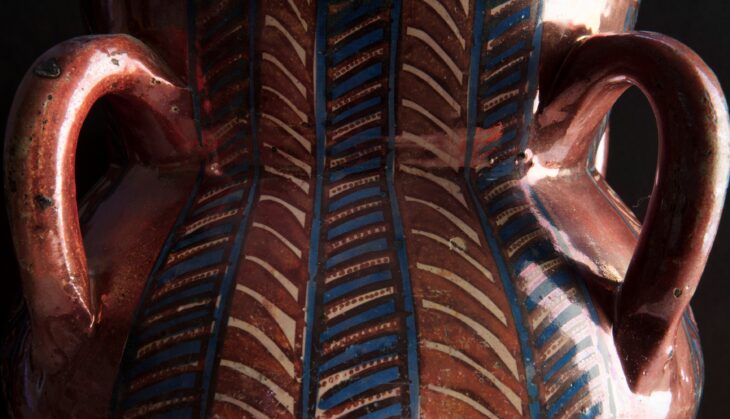
Courtesy Sam Fogg
Felt condoms and Edward Lear
Though it may seem, on the face of it, like the opposite of the escapism we all need, a visit to Lucy Sparrow’s ‘Bourdon Street Chemist’ at Lyndsey Ingram (19 April–8 May) presents itself as something of a pandemic panacea. The British artist has kitted out Ingram’s Mayfair gallery as a pharmacy, dispensing everything from Colgate to condoms – only each item has been handmade in her signature medium of felt. In contrast to the clinical minimalism of Damien Hirst’s Pharmacy of 1992, Sparrow’s tactile, Technicolor installation injects a dose of joy into the world of medicines – all of which, here, can be purchased over the counter from the white-coated artist herself. With pubs set to reopen soon, I suspect her squishy Alka-Seltzers will fly off the shelves. Straightforwardly escapist, meanwhile, is a display at Guy Peppiatt Fine Art of 30-odd drawings and watercolours by Edward Lear, including several from his long spell in Italy, where he stayed from 1837–48 (12–23 April). The little group of people admiring the view from an olive grove towards the Villa d’Este in a drawing from 1841 represents exactly what I’d like to be doing this spring. Sophie Barling
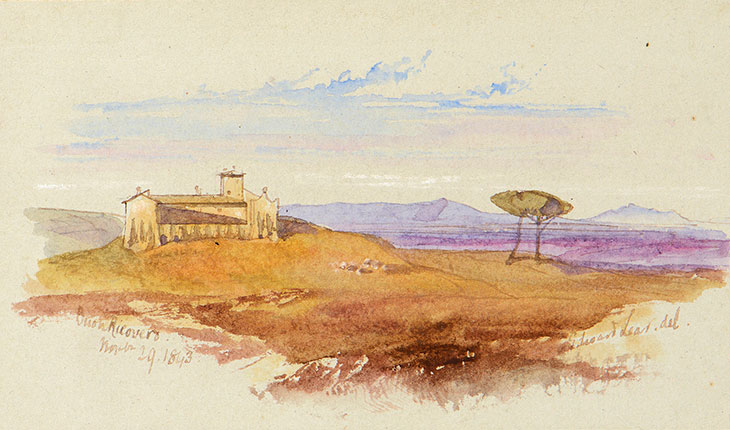
The Farmhouse of Buon Ricovero near Rome (1843), Edward Lear. Guy Peppiatt Fine Art
A lament for Lebanon
Lawrence Abu Hamdan was my pick of the four artists who shared the spoils of the Turner Prize in 2019, with his richly metaphorical documentary works that explore sound as a means both of making memory and of exerting political control. Maureen Paley reopens to the public with the first UK outing of his 2019 film Once Removed, which tells of a Lebanese writer’s efforts to reconstruct the history of his country’s civil war (14 April–9 May). I’m also looking forward to a rare chance to see a solo show of works by Nigerian artist Bruce Onobrakpeya in London – at Tafeta, which presents a series of his technically and ideographically daring ‘deep etchings’, completed between 1969–84 (13–30 April). Samuel Reilly
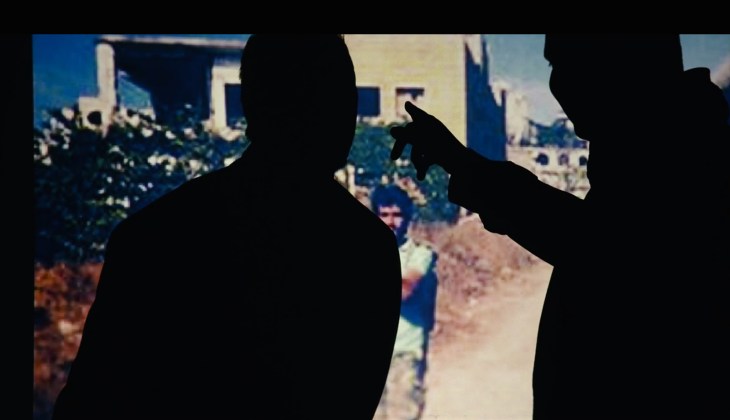
Once Removed (still; 2019), Lawrence Abu Hamdan. Courtesy Maureen Paley
Unlimited access from just $16 every 3 months
Subscribe to get unlimited and exclusive access to the top art stories, interviews and exhibition reviews.


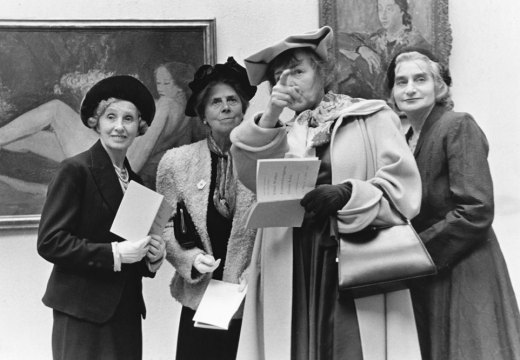
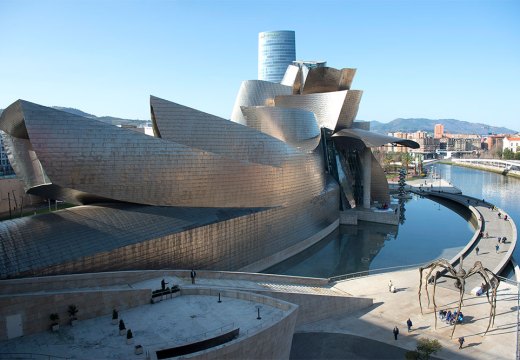
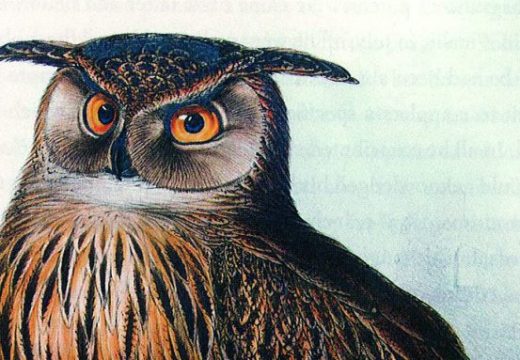









![Masterpiece [Re]discovery 2022. Photo: Ben Fisher Photography, courtesy of Masterpiece London](http://www.apollo-magazine.com/wp-content/uploads/2022/07/MPL2022_4263.jpg)
It’s time for the government of London to return to its rightful home